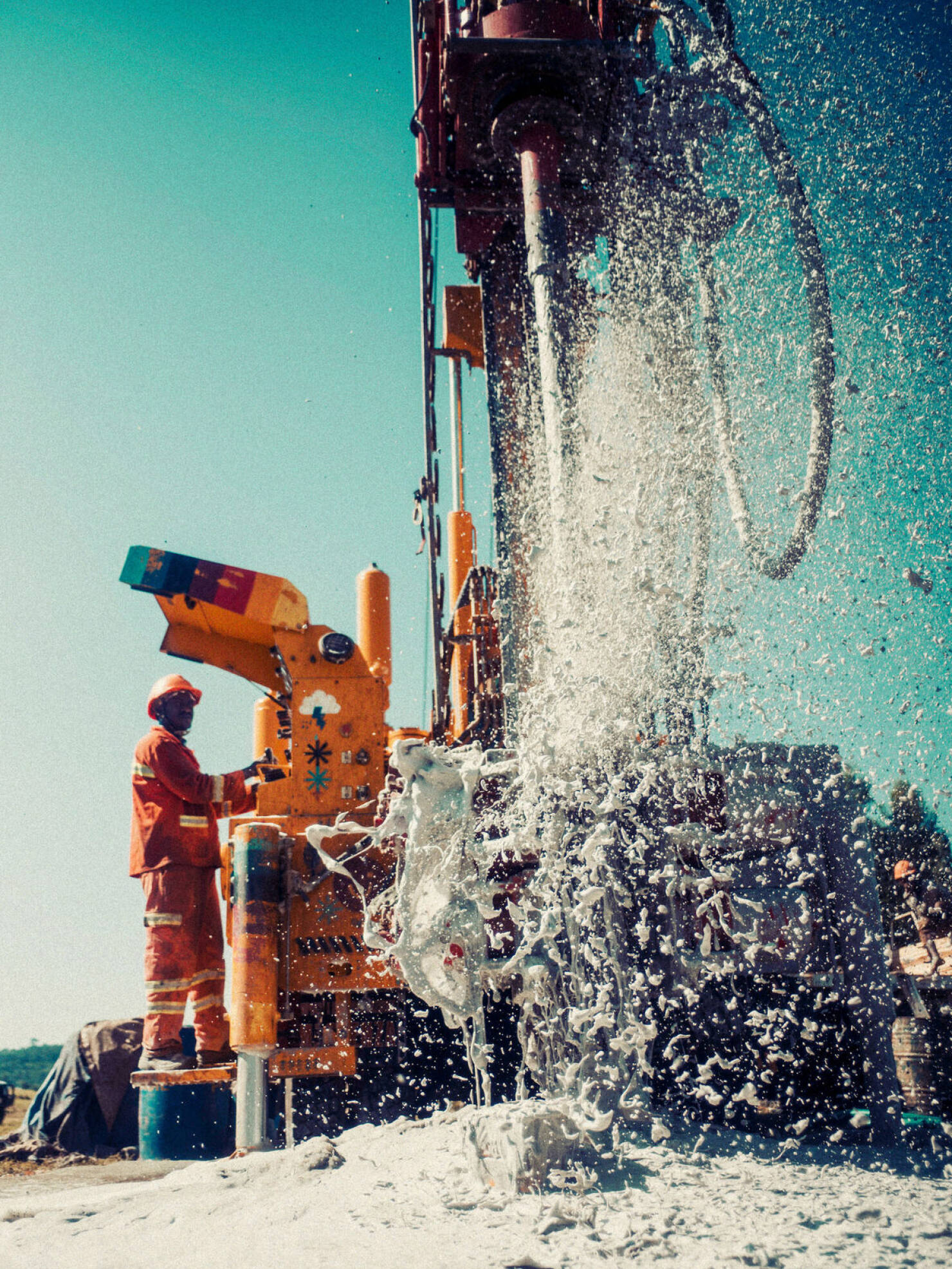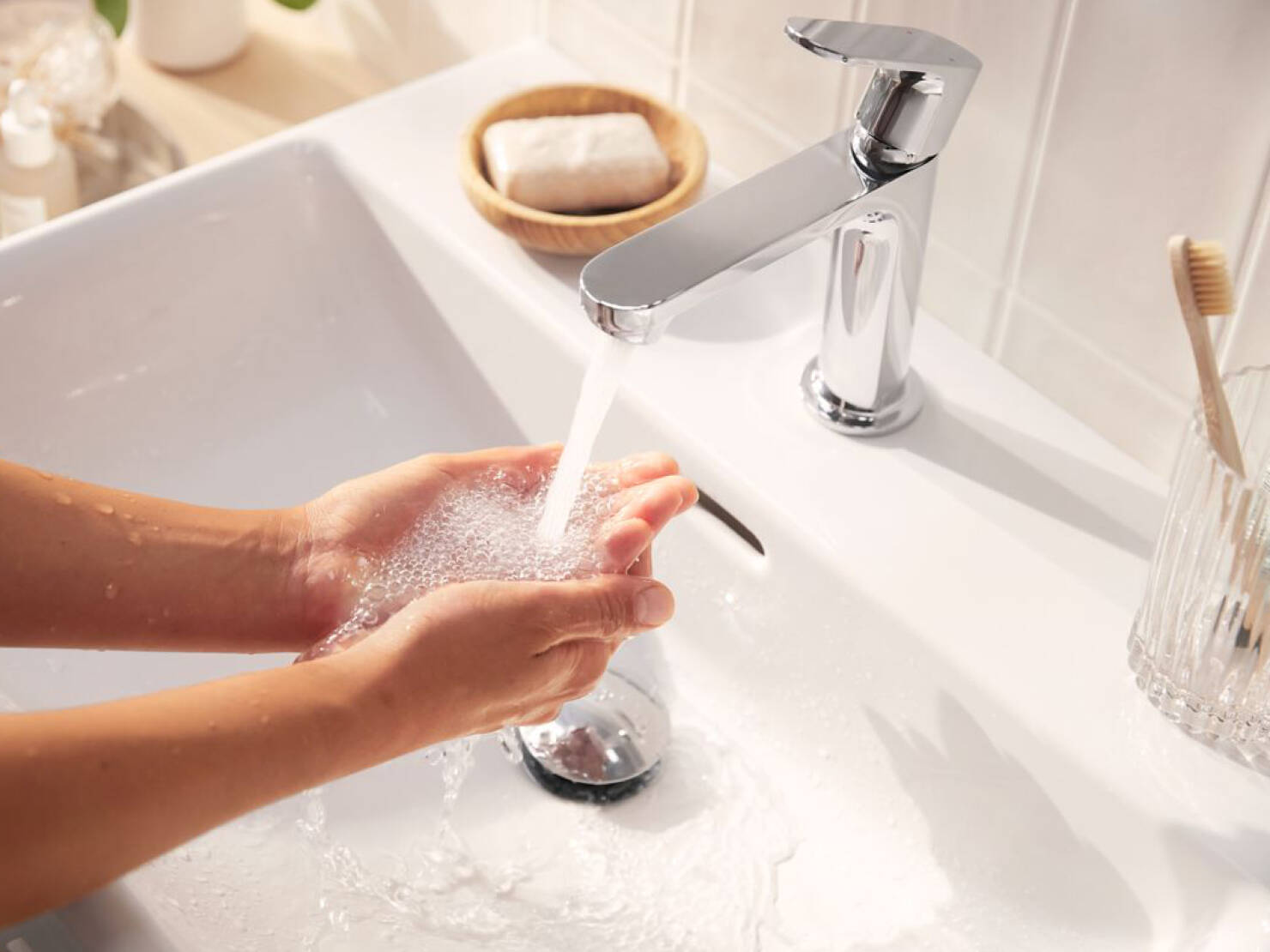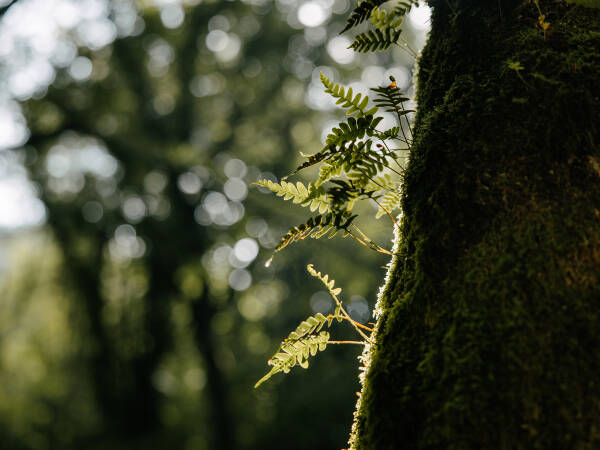"Water has a Valuation Problem"
Two perspectives on water: Caroline Stüdemann, Managing Director of Viva con Agua e.V., is committed to ensuring that everyone in the world has access to clean water. Steffen Erath, Head of Innovation and Sustainability at the Hansgrohe Group, aims to protect water as a scarce resource. An interview about their understanding of water.

What is our drinking water for?

Aren’t two worlds colliding in your case? Precious water of drinking quality runs through Hansgrohe's shower heads. Drinking water that Viva con Agua has to extract at great expense and in tricky ways in water-scarce regions in order to save human lives.
Stüdemann: The fact that we use drinking water in Europe to shower, shows how much the importance of water varies globally. The luxury commodity of water has not yet entered people's minds as such. Our approach is to raise awareness about the issue here, as well. People should understand that water is far more than a usable resource, but the basis of life for all human beings. In this country, clean water is taken for granted. We consume an average of 120 liters per person per day, excluding the virtual water that each of us wastes every day through the consumption of other products. In Uganda, people have an average of just around 20 liters at their disposal.
Erath: We need to prioritize the issue of water. The most important thing, of course, is to drink and eat. That must be ensured. We're talking here about around 5 liters of the 120 liters mentioned per day. Then come the standard hygiene requirements, such as showering. There are perfectly good reasons to shower with clean water, because shower water that is not clean can make people ill. However, if the water is also regularly used to fill a "luxury spa," the question of waste should be asked. Does it really have to be 45 liters for showering and 30 liters for flushing the toilet every day?
Water is far too cheap in Germany
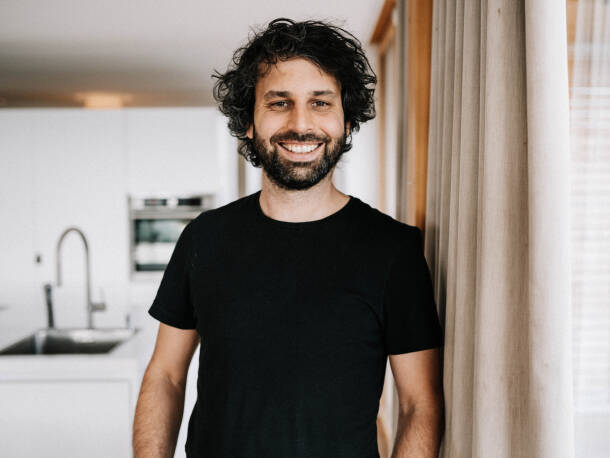
So, you're not that far apart. What you have in common is the desire to protect the precious element of water - and the realization that water has a problem with its value.
Erath: At Hansgrohe, we understand water as something existential. But also, as something essential. Water is the source of energy. Water helps us transport goods. We must be very mindful and respectful of this resource. The fact that the water here always comes out of the tap in drinking quality, that it is simply there, means that we do not value it highly enough. When 1,000 liters of drinking water cost just 5.50 Euros, that is completely absurd. But in our free-market view, a good that is extremely cheap is simply not worth much. And that's exactly what the disbalance in the water issue reflects.
Stüdemann: That's true. It's also my feeling that industrialized countries lack an appreciation for clean running water. That's why our Purpose focuses on both sides: Water for all. All for water. Because 771 million people still lack a basic supply of clean drinking water. That's about as many people as there are living in the whole of Europe. Their lives are threatened as a result. It was precisely this stark realization that led to the founding of Viva con Agua over 17 years ago. But the lack of water means not only a high rate of disease and infant mortality, but also the social disadvantage of women and children, because they must organize water every day instead of being able to go to work or school.
Creating an emotional connection to water
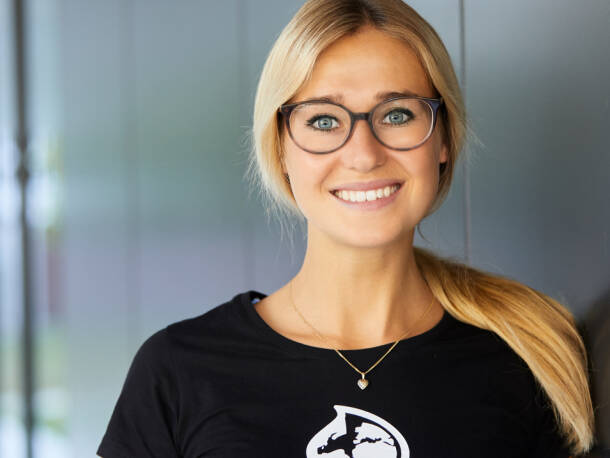
Do we need more water education in Germany? In other words, educational measures on how precious, scarce and - in the worst case - finally clean water is?
Stüdemann: We start as early as elementary school to create awareness. Because we are only prepared to protect what we love and value. But if water is only seen as a technical resource that is consumed and polluted in many industrial processes, the emotional connection is missing. We want people to develop a connection to water again. Because, and this is also important to us: water is a great element with incredibly versatile properties that are very enriching. Once again: Water is life! And without water, nothing works!
Scrutinizing business models critically
That certainly makes sense for future generations - but what about the here and now? Don't we need an immediate, radical change of attitude about water, on all levels?
Stüdemann: We need change on three levels: At the political level, systemic change can be initiated through regulation. At the corporate level, water can be saved by changing production processes. And at the individual level, people need to rethink, broaden their understanding of water, value water as just described, and then be able to create change themselves.
We believe that the changes that happen not out of a guilty conscience, but out of deep conviction, are the most effective and stable. And this individual desire for change then has a great influence on the political and corporate levels. All companies should now critically question their business models to what extent they really live their beautiful green purpose, or whether profit maximization is not still the secret trump card – which is always harmful for people and planet.
Erath: Very good point, that's exactly what concerns me. In recent years, Silicon Valley, with its total user-centricity, lean start-up mentality and design thinking, has set the pace for fast, low-cost innovation. Of course, we went along with that to some extent. But today we ask ourselves, at what cost? Because this blinkered exclusive user-centricity is not healthy in the long run. Our conviction: forget user-centricity. Now is the decade of planet-centricity.
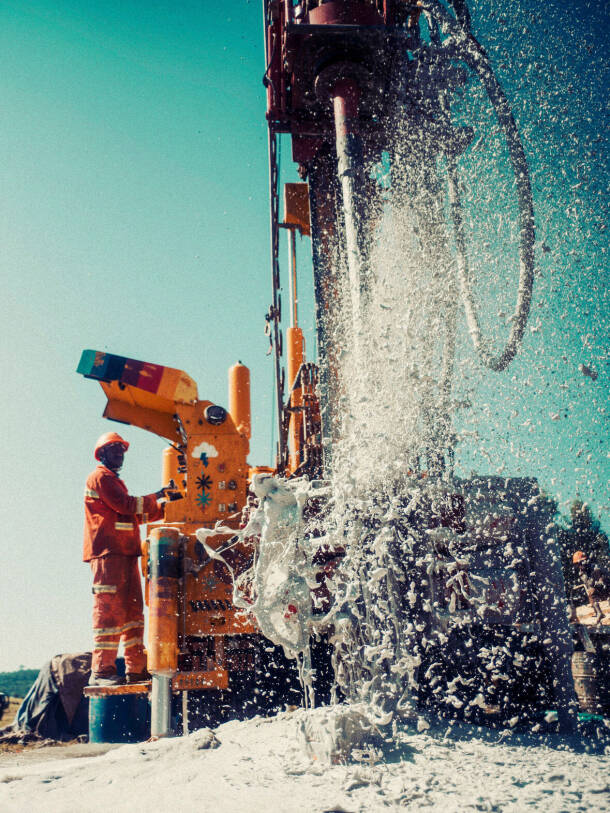
Innovation should not be "l'art pur l'art"
What does that mean for innovation?
Erath: The whole issue of sustainability is an opportunity for innovators: innovators are always looking for tangible problems worth solving. And we have enough of these in the sustainability environment. One of them is the shortage of water, which will continue to worsen not only due to climate change, but also due to population growth. Here in Germany, too, we are losing a huge reservoir of groundwater every year due to massive industrial and agricultural use. That is simply gone. You can't ignore that. We need solutions for this.
Stüdemann: We also don't see innovation as L'art pour l'art, as something abstract. Our innovations are very focused, regional, and sometimes even local. That's why our project design is very individual. In Tanzania, for example, we can't use the groundwater, but we can use the high humidity. That's why we have special nets that collect the mist and separate it as drinking water. In other regions, such as Ethiopia, we must drill extremely deep into the earth to extract drinking water. Almost every well is unique because of the specific local conditions. In other words, we are constantly innovating.
But I don't see pure technological innovation as the only solution because it leads people to passivity. That's why we focus on the Inner Development Goals - the personal qualities that people need to develop to face challenges in a solution-oriented way. We want to activate and motivate people to think not only about their own benefit, but about their fellow human beings and the entire planet.
“The whole issue of sustainability is an opportunity for innovators. ”Steffen Erath, Head of Innovation and Sustainability, Hansgrohe Group
Not giving fear narratives any space
What does this mean for communication? What is more effective: pointing out horror scenarios, for example with reference to impending Australian conditions, or positive reinforcement?
Erath: Many people are not yet aware of the implications. Sometimes you have to say that clearly, even if it comes across as panic creation. But then you can immediately switch to the solution mode and take advantage of the opportunities. It's not too late to turn the tide. And maybe in ten years, everyone will look at Europe and say: Wow, they've really managed to create a functioning, sustainable business with planet-centric design and innovation logic.
Stüdemann: We are always trying to communicate the opportunities and the potential. Now, we are seeing increased polarization. People are taking extreme positions and using the fear narrative. Of course, this creates a sense of urgency at first, but it also causes people to fall into a state of shock because they think: "Everything is so bad, the world is in such a dramatic state – I alone can't do anything about it. But we want to encourage people to look positively to the future. So that they believe in themselves and their self-efficacy and don't think: "It doesn't matter if I stop eating beef now – the planet will die anyway.
Erath: There's a saying that sustainability is nothing more than the consistent application of common sense. In other words, not everything is complicated and difficult. On the contrary, many things are simple if you have the facts, figures, and data neatly prepared. When too much research is done in laboratories on break-through innovations, natural logic and a sense for obvious things are sometimes overlooked. It starts with collecting rainwater for garden irrigation. It's crazy, isn't it, when that just goes unused into the sewage system, drains into the sea, evaporates – and by the time it returns to the groundwater, ten thousand years have passed. Creating awareness of this is very important.
Questioning everyday water consumption

How far do you personally go to save water in everyday life?
Stüdemann: I grew up in an environment that values the use of resources: Saving water, saving energy – turning off the heating, closing the windows – being careful with food, questioning travel critically, preferring to take the bike rather than the car. And yet my intense preoccupation with water leads to even greater appreciation for the resource. Whenever I open the tap, I really perceive it as a luxury and consciously feel the contact with water. It's hard to imagine my everyday life without questioning my water consumption.
Erath: We shower with water-saving hansgrohe and AXOR products, of course, but we also drink water directly from the kitchen faucet, enriched with carbon dioxide. That saves plastic or glass bottles and a whole lot of virtual water that is produced during the production, transport, and cleaning of water bottles. And yes, we have a pop-up swimming pool for the kids, but it's filled with treated rainwater.
The currency of virtual water is particularly helpful to me. It helps me realize how much water would go into producing a steak or a new pair of jeans. Because, on the surface, showers and the toilet are the biggest consumers of water in everyday life. But when we factor in virtual water, our food and clothing are among the biggest drivers of water use.
Net Zero target for water
Most consumers still don't know much about the concept of virtual water. How can that be changed?
Stüdemann: Yes, everyone knows about the carbon footprint by now, but what about the water footprint? Under "virtual water" we summarize the water consumption that occurs during the manufacture of a product. We think it would be great if in the future every product had a label that immediately showed the consumer: X,XXX liters of water were used for this product. That presupposes that manufacturers measure this and ideally reduce it, or at least compensate for it.
Erath: Correct. The net zero target that exists for CO2 must also exist for water. In the industrial sector, many environmental product declarations (EPDs) are being drawn up right now that show the CO2 footprint over the course of the life cycle – but not only. Information on water consumption is also included there as standard. It's just that this is not yet being used so aggressively in public.
Think globally, act locally and use synergies
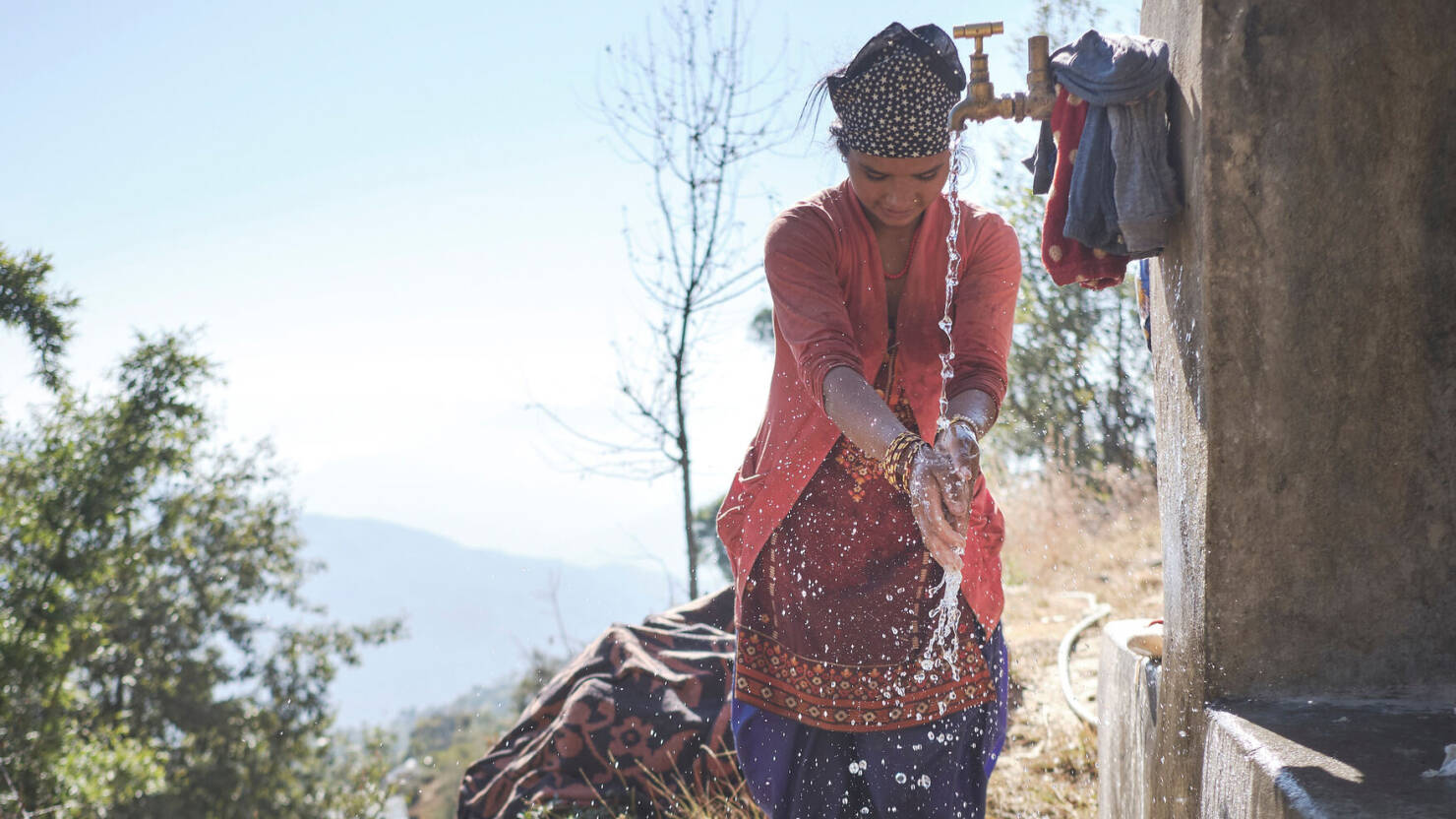
Do we need more public-private partnerships to stimulate more awareness and more discussion about water as a scarce resource?
Erath: It can only be done together. Politics, business, society, and academia. Of course, you could also try to regulate it by capitalist means: If every citizen could use water as a basic right for their personal needs at affordable prices – and there was dynamic pricing for everything beyond that: the higher the consumption, the higher the price per liter. But that, too, is a system that can be leveraged and abused. But I don't have a patent remedy yet either.
Stüdemann: It would really help us to move forward if water, as a resource that is valued and needs to be protected, were understood more as a cooperative issue. We must all think more in terms of synergies and overcome the capitalist principle of competitive thinking. Just as we are doing here right now: we are thinking together about what good we can do in our field of activity, water. For society.
Erath: For the planet. We must think in terms of the entire system. And not get stuck in ways of thinking like: If I save water here in Schiltach, no one in Tanzania will benefit anyway. We start small and think big.
Water is the foundation for achieving all SDGs
Do you have an example of this?
Erath: In the future, Hansgrohe will only manufacture water-saving showerheads so that our customers generally use less water when showering. If a water supplier then counters with the argument that they would have to additionally flush their wastewater pipes because of us, because the amount of water in the system is missing, that would of course be counterproductive – and we could theoretically just leave it alone.
But no. We will not leave it alone. Instead, we get everyone involved in the system to develop a solution that benefits the water. This could be, for example, smaller sewer systems in connection with the expansion of sponge cities or the flushing of sewer pipes with surface water instead of precious drinking water. Because this is also important to me: in the future, we will no longer need just one water quality, but we should use different water qualities for different applications. That's moving in the direction of systems engineering. And to do that, we must all sit down at the same table: the water supplier, us, you, hydrologists, urban planners. That's the way to go. Then we could also create the 2030 target for the water SDG. And positively pay into the other SDGs (Sustainable Development Goals) – because water influences everything.
Stüdemann: That's exactly our opinion: water is the basis for achieving the other SDGs. Health, education, food security – all of these are related to sufficient clean water. That's why we must think systemically and tackle this SDG with high priority.





